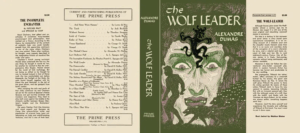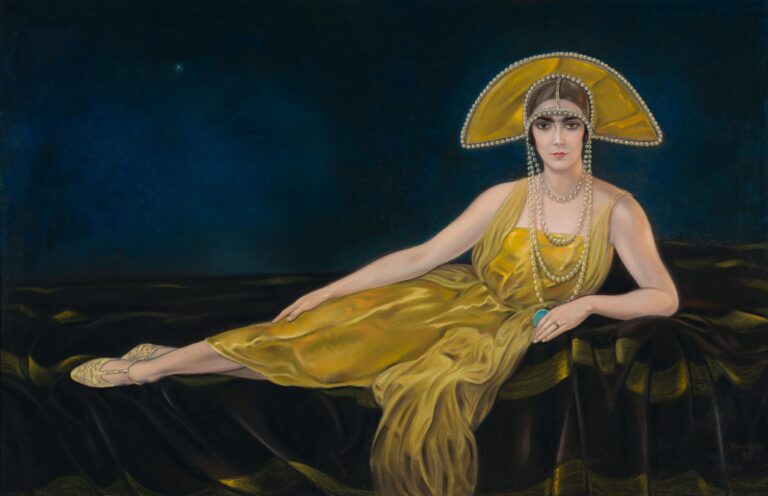Milano, around 1578 – Milano, 1630
Daughter of the miniaturist Nunzio Galizia and born around 1578, Fede started working at 12 and she’s mostly known for her still lives, though she also worked on the human figure and religious subjects.
She started working very early in her father’s workshop, and her first attributed work is a portrait of the poet Gherardo Borgogni for a collection of his poems published in 1592. From contemporary sources, we also know she did portraits of her father and mother, two noblewomen who were their friends, and one portrait of the historian Paolo Morigia sitting at his desk: only the latter survived, and it’s currently preserved in Milan, her hometown. This particular portrait demonstrates an astonishing attention to expression and detail, echoing studies of Leonardo that were highly popular in Milan. If you look closely at the reading glasses held by the historian, you can see the reflection of a room with high windows and curtains.
My favourite work of hers has however to be her Judith with the head of Olophernes, a favourite subject of baroque female painters (I really wonder why…).
Aside from the vibrant expression of the elderly servant in the background, the stunning attention to detail on Judith’s jewellery and dress rivals contemporary masters such as Artemisia Gentileschi and Lavinia Fontana. Her studies of Correggio and Parmigianino clearly show in this masterpiece. The painting is cleverly signed on the blade.
Her still lives didn’t have the same naturalistic attention as works from her contemporary Giovanna Garzoni, and are more akin to paintings such as those produced by the masters of Nothern Europe. These paintings were destined for bourgeoise salons and sitting rooms of the middle class and their popularity was rising through what was going to be called “mannerism”. Her popularity was huge, though she studied by herself and never attended any art school, and it would be impossible not to see how quickly and cleverly she mastered a genre that was increasingly in demand by the rich patrons, following the turmoil created in the same genre by Ambrogio Figino and, most importantly, by Caravaggio.
She died of the plague in 1630.












1 Comment
Pingback:Cézanne and Renoir – Shelidon
Posted at 14:02h, 23 March[…] that still life with the work of some Renaissance painters like Fede Galizia (I wrote about her here) and Giovanna Garzoni […]